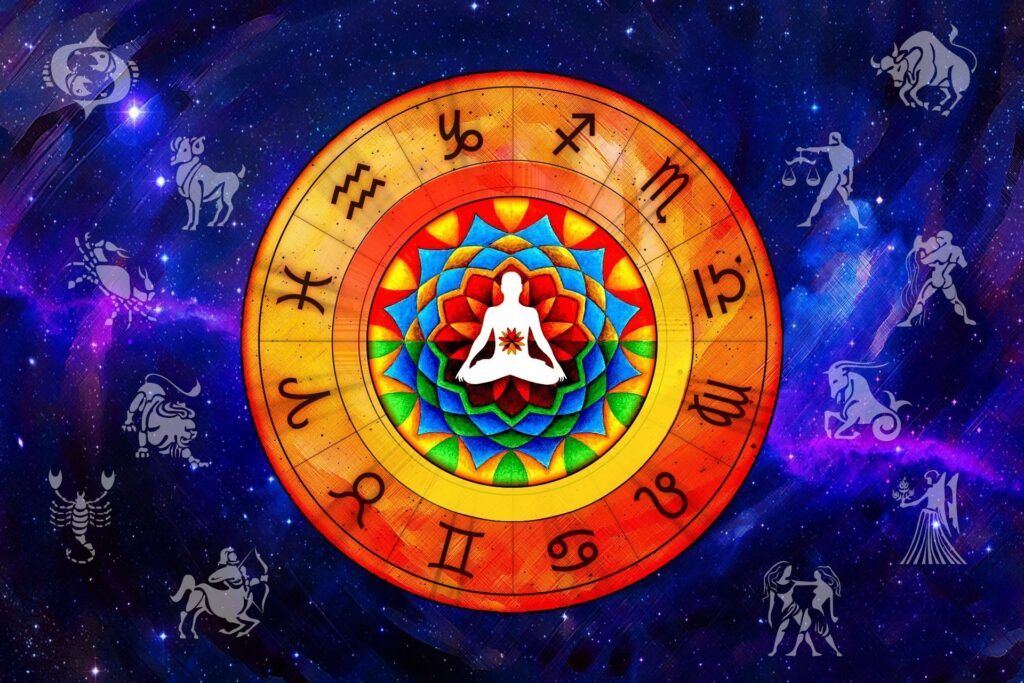BASIC VEDIC ASTROLOGY

BASIC VEDIC ASTROLOGY
This Science was in older days handed down through the generation orally from teacher to disciple method which was known as shruti and smriti. This modern age is witnessing a renaissance in this field and the markets are awash with literature on various topics of astrology.
Vedic Astrology is based on following facts and procedure for predictions.
- Solar System: – Our Solar system is centered around the sun. There are nine planets in astronomy Mercury, Venus, Earth, Mars, Jupiter, Saturn which are considered but Uranus, Neptune and Pluto are not considered in Vedic astrology. On the other hand, Moon, Rahu, and Ketu (Which are Moon nodes) are Considered. Rahu – Ketu are not Physical bodies but are mathematically calculated sensitive points of intersection of the orbit of the moon and sun. The planet Mercury and Venus are inner or interior planets as their orbit falls in between sun and earth. Mars, Jupiter and Saturn fall outside so-called Superior Planets or Outer Planets. Rahu and Ketu are not physical bodies, so not allotted any house in Vedic astrology and their movement is always reverse (Retrograde). So Sun, Moon Mercury, Venus, Mars, Jupiter and Saturn are allotted homes by means of their Signs. Sun and Moon are allotted One house / Rashi each and both are always in direct motion and never in retrograde motion. The remaining Planets are direct in their motion but in course of their journey in the zodiac they are obstructed by certain invisible sources and so they become stationary for a while, they appear to get backwards movement and again after some time, they regain their natural movement. This Phenomenon of going backwards is known as retrograde and these planets become retrograde when they are close to earth. These seven planets plus Rahu, Ketu have natural friendship and enmity amongst themselves.
- Zodiac: – The Sun’s annual path is known as ecliptic. The Belt of heaven extending eight degrees on either side of the ecliptic is known as the zodiac. The Zodiac is divided into twelve equal pants of 30 degree each which are called the signs are named as Aries, Taurus, Gemini, Cancer, Leo, Virgo, Libra, Scorpio, Sagittarius, Capricorn, Aquarius, and Pisces. Each Planet is ruled by a Planet. Different Signs have different characteristics, which play an important role in the delineation of astrological charts.
- Nakshatras or Stars :– The entire Zodiac of 360 degree has been divided into 27 equal parts of 13 degree and 20 minutes each known as nakshatra or asterism or a constellation has been assigned a planetary Ruler, Ketu is the Ruler of first constellation starting from Zero degree Aries and then the rulership of Venus, Sun, Moon, Mars, Rahu, Jupiter, Saturn and Mercury follows in this sequence till the end of sign of cancer Zero degree Leo and then Sagittarius and continues till the end of Scorpio and Pisces sign respectively.
- Lagna and Time: – In astrology, the first house is reckoned from Lagna point. The Lagna or the ascendant is the rising sign in the eastern horizon at a particular epoch. It is the point intersection of the ecliptic at a given time with the horizon of a place. The longitude of the Lagna point then calculated forms the middle point (cusp) of the first home. The Lagna is dependent on the rotation of the earth on its axis and so it is dependent on the sidereal time of a place at a given moment or epoch.
- Houses: – There are twelve homes. The Sign where Lagna point falls is known as the first house or Lagna. The next sign is second house, next the third and so on. In Vedic System the sign and the homes are deemed synonymous. In Vedic astrology, the cusp is the midpoint of a house and extends to 15 degree on either side. Zodiac is constantly moving and all the twelve gets an opportunity to become Lagna in 24 hours comprising a day.
Janam Rashi:– janam Rashi means the sign containing moon at the time of birth and this sign is called Chandra Lagna and is as important as Lagna.
